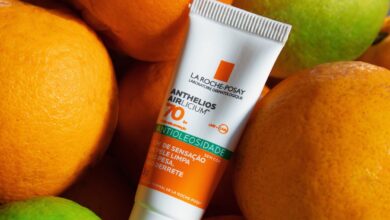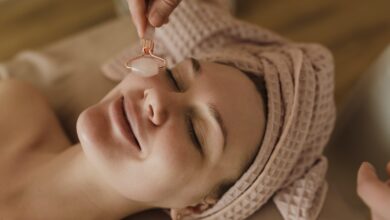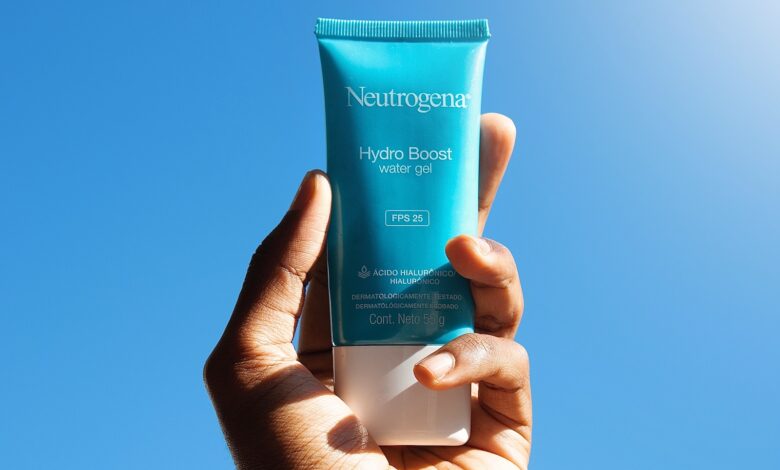
In the article, “Sunscreen Essentials: Protecting Your Skin In Every Season,” you will discover the crucial role that sunscreen plays in safeguarding your skin from harmful ultraviolet (UV) rays throughout the year. Whether it’s summer or winter, sunny or cloudy, this informative piece will provide you with essential knowledge on how to choose and apply sunscreen effectively, ensuring your skin stays healthy, protected, and radiant in all seasons.
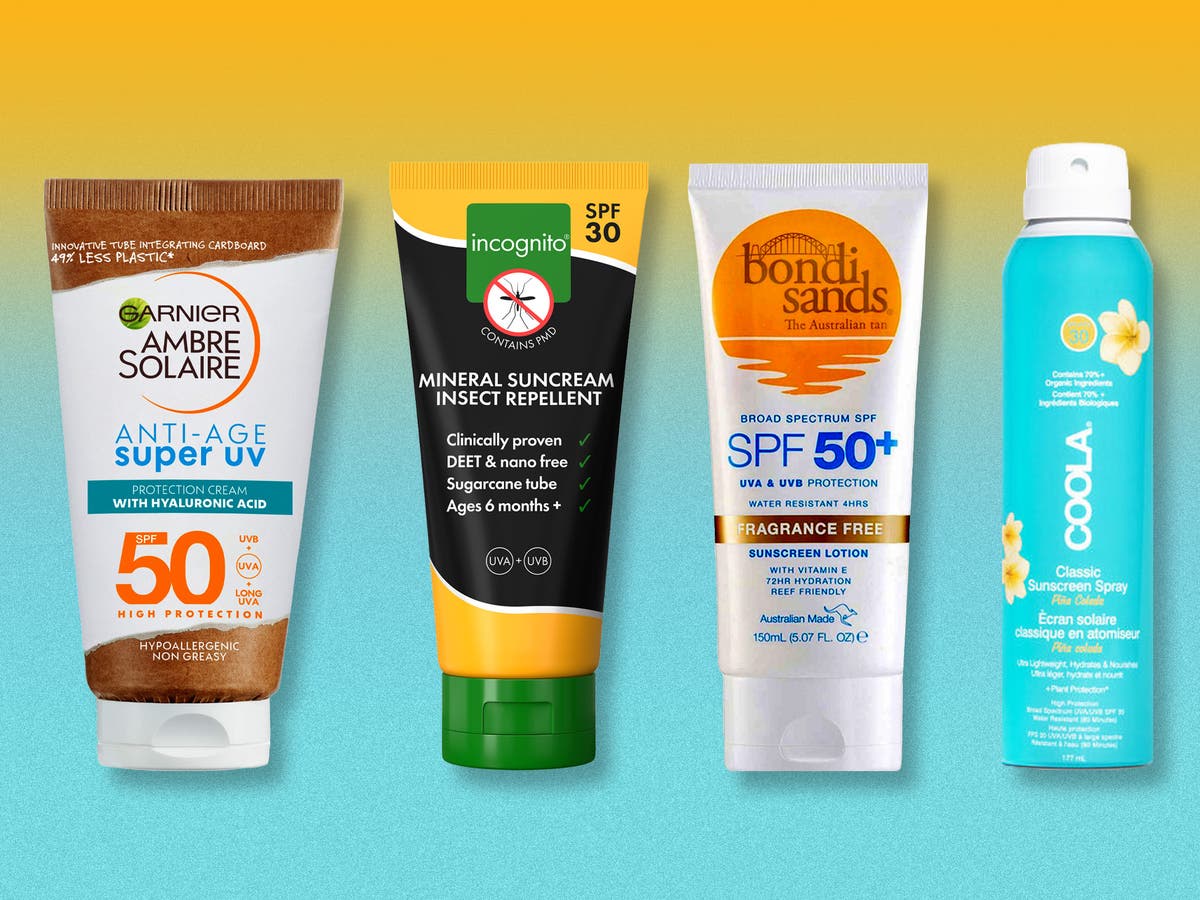
The Importance of Sunscreen
Sunscreen is a crucial component of any skincare routine and plays a vital role in protecting the skin from the damaging effects of the sun. Exposure to the sun’s harmful ultraviolet (UV) rays is responsible for various skin complications, including premature aging, sunburn, and an increased risk of skin cancer. By applying sunscreen regularly, you can minimize these risks and maintain the overall health and appearance of your skin.
The Damaging Effects of the Sun
The sun emits two types of UV rays that can harm the skin: UVA and UVB rays. UVA rays penetrate deeply into the skin, causing long-term damage such as wrinkles, fine lines, and age spots. UVB rays, on the other hand, primarily affect the outer layers of the skin and are the main cause of sunburns. Prolonged exposure to these rays can lead to DNA damage, compromised skin elasticity, and a weakened immune system. It is crucial to protect your skin from these harmful effects by using sunscreen.

The Role of Sunscreen in Skin Protection
Sunscreen acts as a barrier between your skin and the sun’s UV rays. It contains active ingredients that either absorb or reflect the sun’s rays, preventing them from penetrating the skin. This protection reduces the risk of sunburns, skin damage, and skin cancer. Additionally, sunscreen helps to shield the skin from the harmful effects of free radicals, which are produced when UV rays interact with the skin, causing oxidative stress and accelerated aging.
Sunscreen and Its Impact on Skin Aging
One of the most significant benefits of sunscreen is its ability to prevent premature skin aging. The sun’s UV rays break down collagen and elastin, which are essential proteins responsible for maintaining the skin’s firmness and elasticity. When these proteins degrade, the skin becomes prone to wrinkles, sagging, and age spots. By using sunscreen regularly, you can protect your skin from these harmful effects and maintain a more youthful appearance.
Choosing the Right SPF
When selecting a sunscreen, it is essential to choose one with an appropriate Sun Protection Factor (SPF). SPF indicates the level of protection the sunscreen offers against UVB rays. The higher the SPF, the greater the protection. It is generally recommended to choose a sunscreen with an SPF of 30 or higher for adequate protection. However, it’s important to note that no sunscreen can provide 100% protection, so it is still essential to take other sun protection measures, regardless of the SPF level.
Sunscreen Application Techniques
To maximize the effectiveness of sunscreen, it is crucial to apply it properly. Here are some tips for proper sunscreen application:
How to Properly Apply Sunscreen
Start by applying sunscreen at least 15 to 30 minutes before sun exposure to allow it to fully absorb into the skin. Use a generous amount and apply it evenly to all exposed areas, including the face, neck, ears, arms, and legs. Pay extra attention to commonly overlooked areas such as the back of the neck, the tops of the feet, and the ears. Be sure to apply sunscreen on cloudy days as well, as UV rays can still penetrate through the clouds.
The Correct Amount of Sunscreen to Use
To ensure adequate protection, it is important to use the right amount of sunscreen. Experts recommend using about one ounce (approximately a shot glass full) to cover the entire body. Applying too little sunscreen can significantly reduce its effectiveness. For the face, a nickel-sized amount should be sufficient. If you are using a spray sunscreen, make sure to apply it generously and rub it into the skin to ensure even coverage.
Applying Sunscreen to Specific Body Parts
Different areas of the body require specific attention when applying sunscreen. For the face, it is recommended to use a separate facial sunscreen or choose a sunscreen specifically formulated for the face. Apply sunscreen to the ears, paying close attention to the tops and backs. Don’t forget to protect the delicate skin on the lips with a lip balm or lipstick that contains SPF. When applying sunscreen to the body, focus on commonly exposed areas such as the arms, legs, and chest. Ensure complete coverage by applying sunscreen to the back with the help of a partner or using a sunscreen applicator.
Different Types of Sunscreen
There are two main types of sunscreen: chemical sunscreens and physical sunscreens. Each type utilizes different ingredients and provides unique benefits.
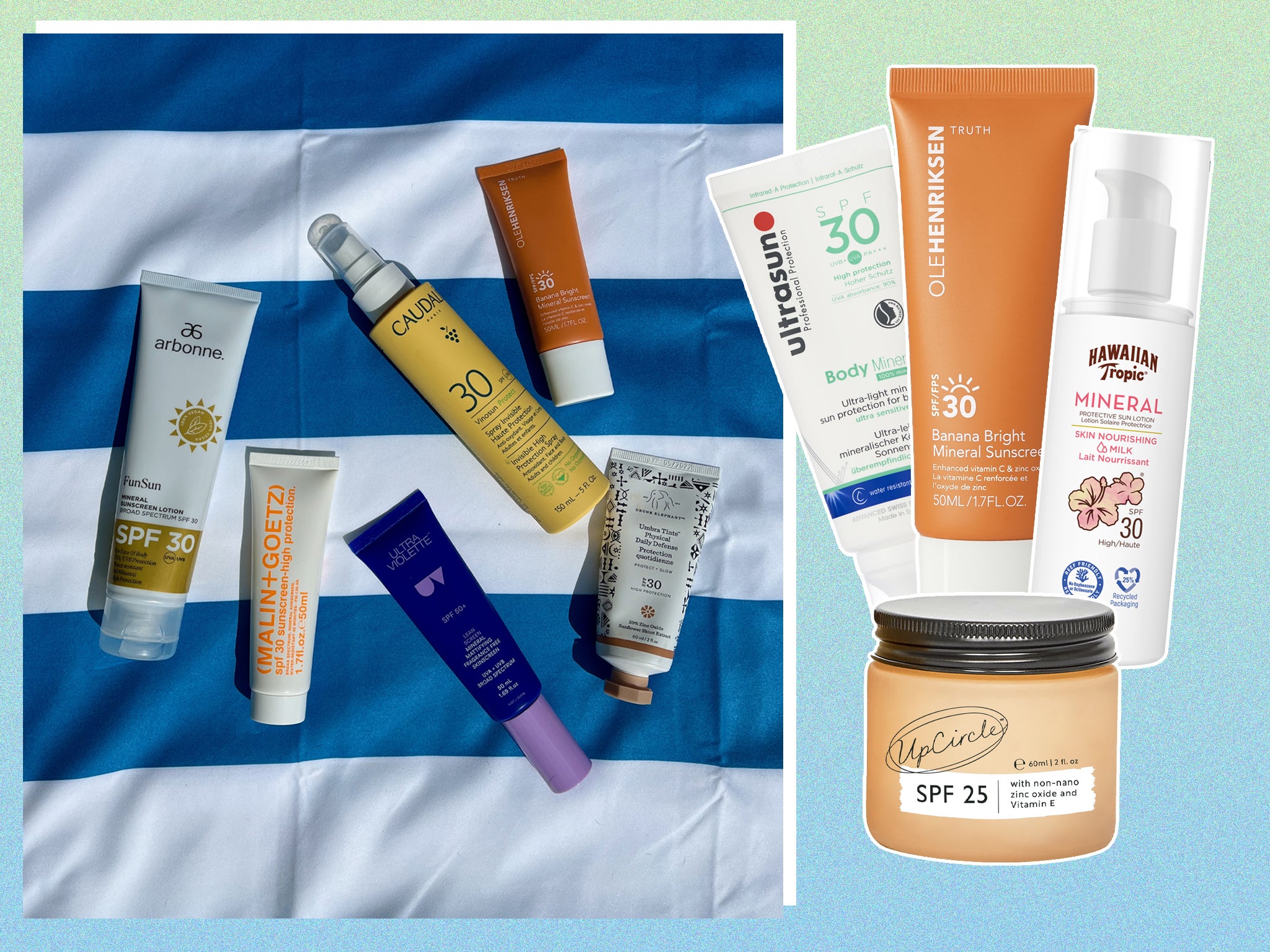
Chemical Sunscreens
Chemical sunscreens work by absorbing the sun’s UV rays and converting them into heat, which is then released from the skin. These sunscreens typically contain ingredients such as avobenzone, oxybenzone, and octocrylene. Chemical sunscreens are known for their lightweight texture and ease of application. They tend to be more suitable for everyday use and can be worn under makeup.
Physical Sunscreens
Physical sunscreens, often referred to as mineral sunscreens, work by forming a protective barrier on the surface of the skin. They contain active ingredients such as zinc oxide or titanium dioxide, which physically reflect UV rays away from the skin. Physical sunscreens are generally well-tolerated by sensitive skin and provide immediate protection upon application. They are an excellent choice for individuals with skin sensitivity or those seeking natural and environmentally friendly options.
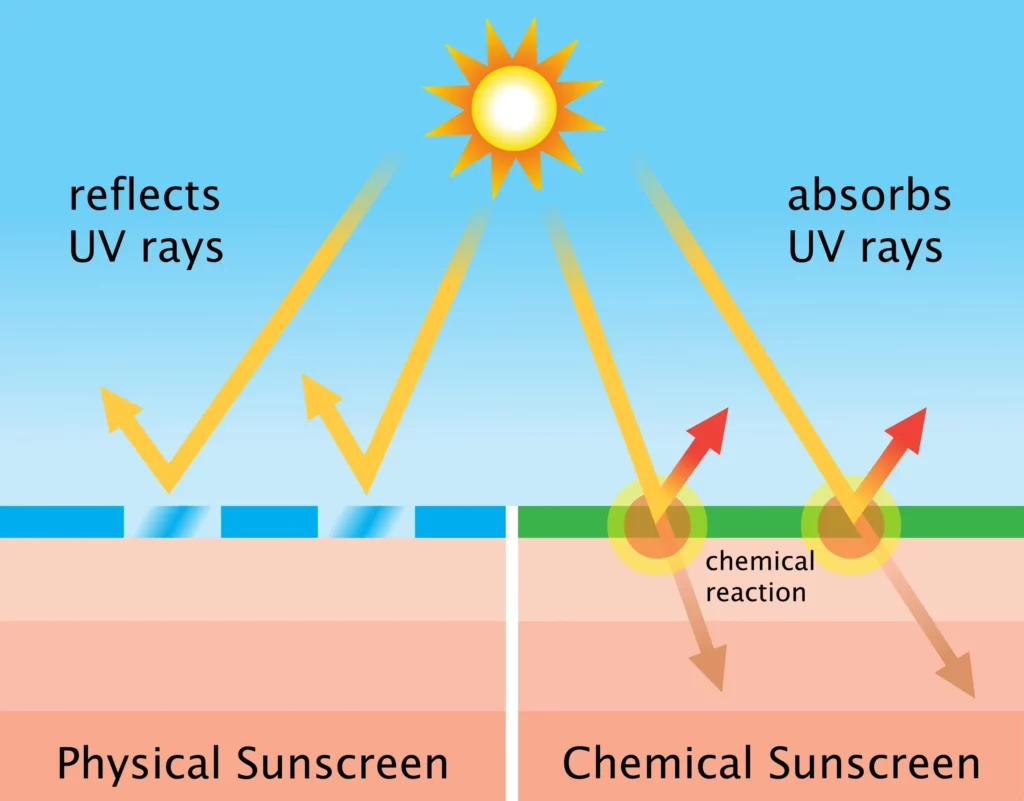
Spray Sunscreens vs. Lotion Sunscreens
Sunscreens are available in various formulations, including lotions, creams, gels, and sprays. Lotions and creams tend to be more popular and widely used due to their easy-to-apply nature and versatility. They provide excellent coverage and can be easily layered with other skincare products and makeup. Sprays, on the other hand, offer convenience and quick application, making them ideal for reapplying sunscreen throughout the day. However, it is essential to apply spray sunscreens generously and rub them into the skin to ensure even coverage.
Sunscreen and Makeup
Using sunscreen in conjunction with makeup is highly recommended to ensure comprehensive sun protection. While many foundations and tinted moisturizers offer some level of sun protection, they may not provide adequate coverage on their own. Incorporating a separate sunscreen into your makeup routine ensures that you are adequately protected, regardless of the amount of makeup you wear. It is important to apply sunscreen before makeup application, allowing it to fully absorb into the skin.
Tips for Incorporating Sunscreen into Your Makeup Routine
To seamlessly incorporate sunscreen into your makeup routine, consider the following tips:
- Choose a sunscreen with a lightweight, non-greasy formula that can be easily incorporated into your skincare and makeup routine.
- Look for sunscreens that are specifically formulated to be worn under makeup. These sunscreens often have a velvety texture and can serve as an excellent makeup primer.
- Apply sunscreen with clean hands or use a makeup sponge or brush for more precise application.
- Opt for makeup products, such as foundations or BB creams, that contain SPF for an added layer of sun protection. However, keep in mind that relying solely on makeup for sun protection is not sufficient.
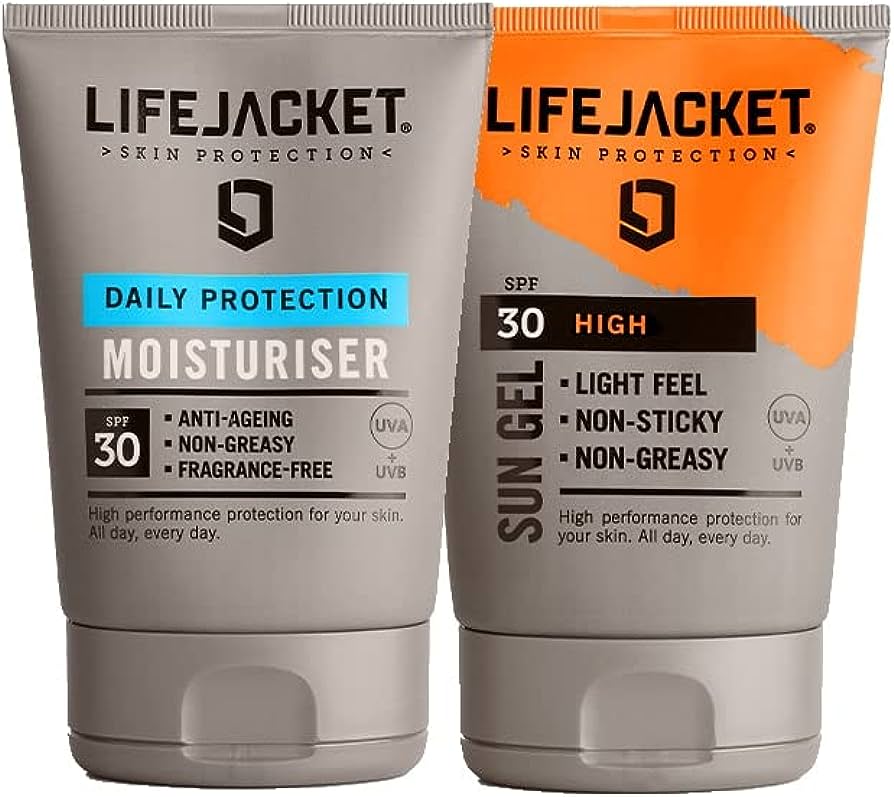
Sunscreen for All Skin Types
Regardless of your skin type, there is a sunscreen formulation that can meet your specific needs. Here are some recommendations for different skin types:
Sunscreen for Sensitive Skin
Individuals with sensitive skin should opt for sunscreens that are labeled as hypoallergenic, fragrance-free, and designed for sensitive skin. Look for physical sunscreens that contain minimal ingredients to reduce the risk of irritation. Perform a patch test on a small area of the skin before applying it to the entire face or body to ensure compatibility.
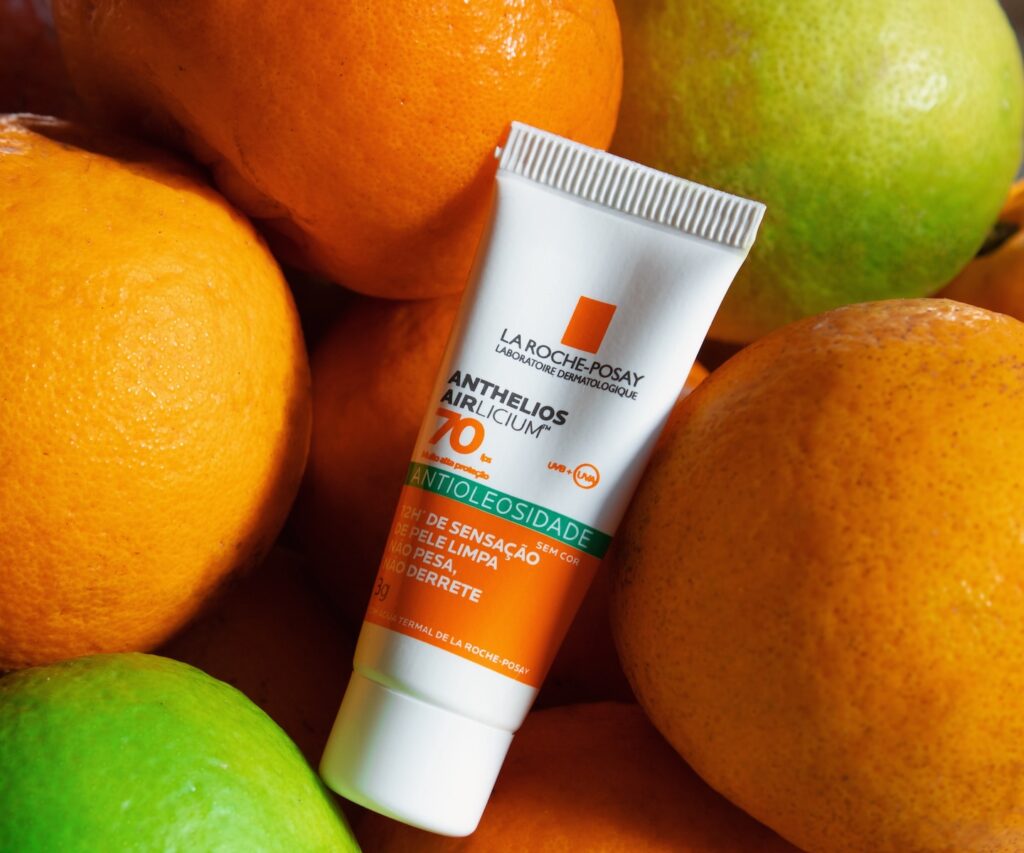
Sunscreen for Acne-Prone Skin
When selecting sunscreen for acne-prone skin, it is important to choose non-comedogenic formulations that will not clog pores or exacerbate acne breakouts. Look for oil-free or gel-based sunscreens that provide broad-spectrum protection without leaving a greasy residue on the skin. Additionally, opt for lightweight formulas that allow the skin to breathe.
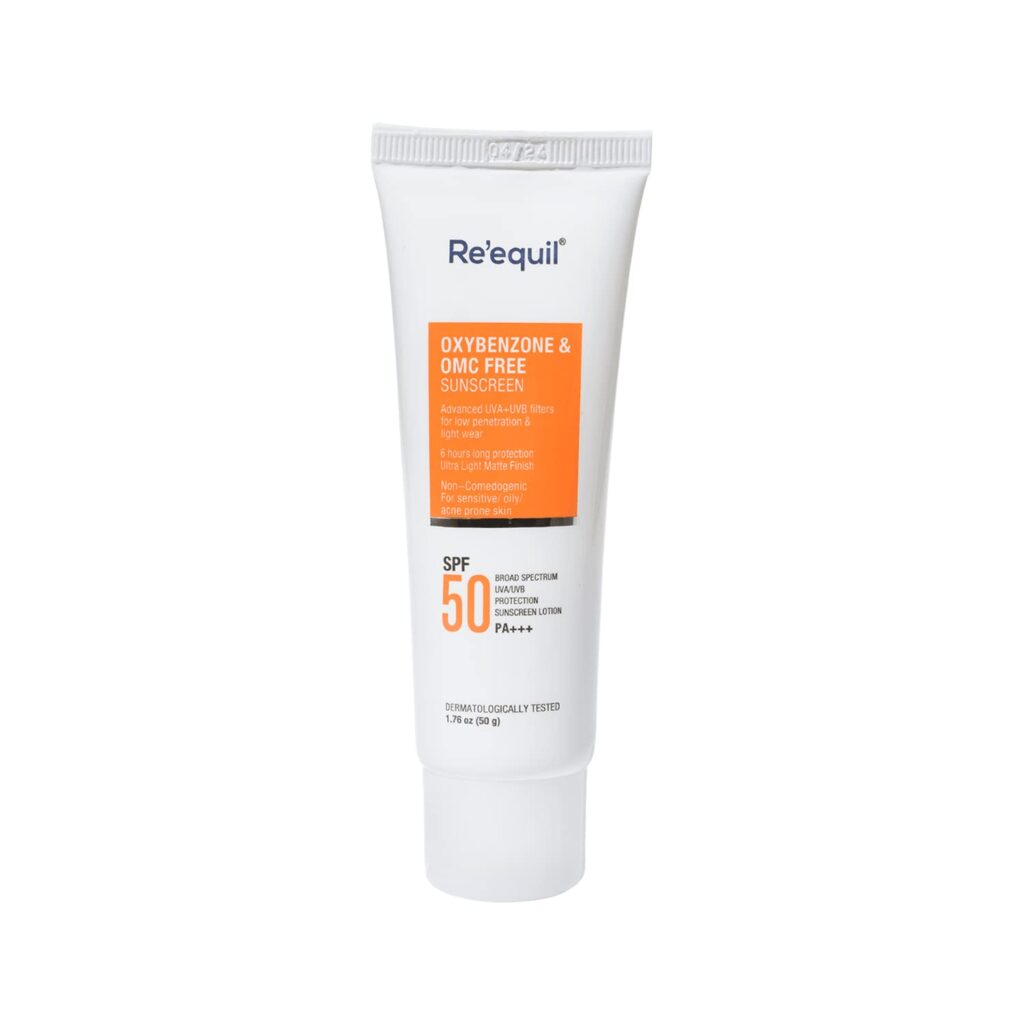
Sunscreen for Oily Skin
Individuals with oily skin should look for oil-free or mattifying sunscreens to prevent excessive shine and help control oil production. Gel-based or lightweight liquid formulations work well for oily skin types, as they absorb quickly and leave a non-greasy finish. Look for sunscreens labeled as “oil-free” or “non-comedogenic” for the best results.
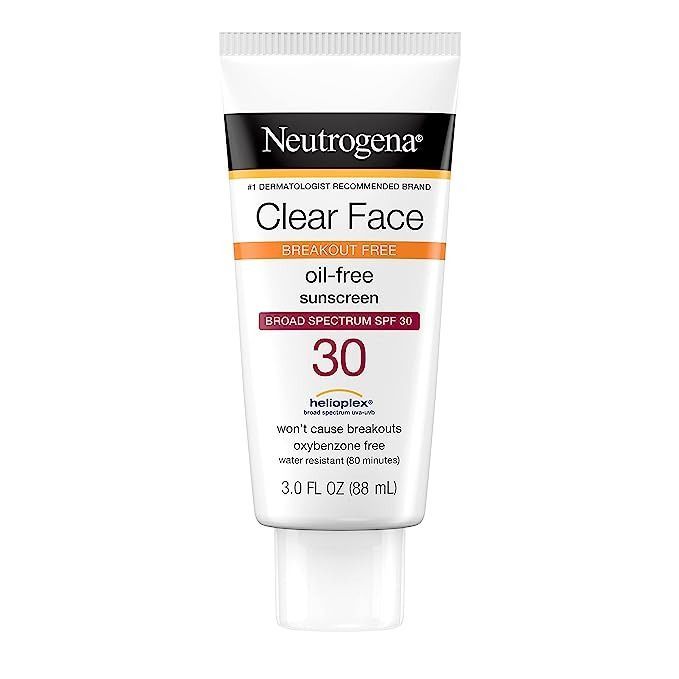
Sunscreen for Dry Skin
Dry skin requires hydration and sun protection. Opt for sunscreens that contain moisturizing ingredients such as hyaluronic acid or glycerin to help maintain the skin’s moisture barrier. Look for thicker, cream-based sunscreens that provide long-lasting hydration and lock in moisture. Applying a moisturizer before sunscreen can provide an additional layer of hydration for dry skin.
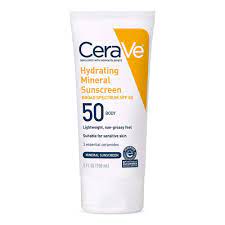
Sunscreen for Different Seasons
It is important to adapt your sunscreen routine to the changing seasons to ensure adequate sun protection throughout the year. Here are some essential considerations for each season:
Sunscreen Essentials for Summer
During the summer months, when UV rays are at their strongest, it is crucial to use a sunscreen with a high SPF and broad-spectrum protection. Opt for water-resistant sunscreens, especially if you plan on spending time in the pool or at the beach. Apply sunscreen generously and reapply every two hours or immediately after swimming or excessive sweating.
Sunscreen Essentials for Winter
Although UV rays may be less intense during the winter months, they can still cause damage to the skin. Choose a moisturizing sunscreen to combat dryness and protect against the reflection of UV rays off the snow. Apply sunscreen to all exposed areas, including the face, hands, and any other skin that is not covered by clothing. Don’t forget to reapply throughout the day, especially if you participate in outdoor winter activities.
Sunscreen Essentials for Spring and Fall
Even during the milder seasons of spring and fall, it is crucial to maintain sun protection. As the weather fluctuates, be sure to adapt your sunscreen routine accordingly. Opt for lightweight formulations that can be layered with other skincare products or makeup. Apply sunscreen to any exposed skin and reapply as needed, particularly during extended periods of sun exposure.
Sun Protection Beyond Sunscreen
While sunscreen is an essential part of sun protection, there are other measures you can take to minimize sun damage to your skin.
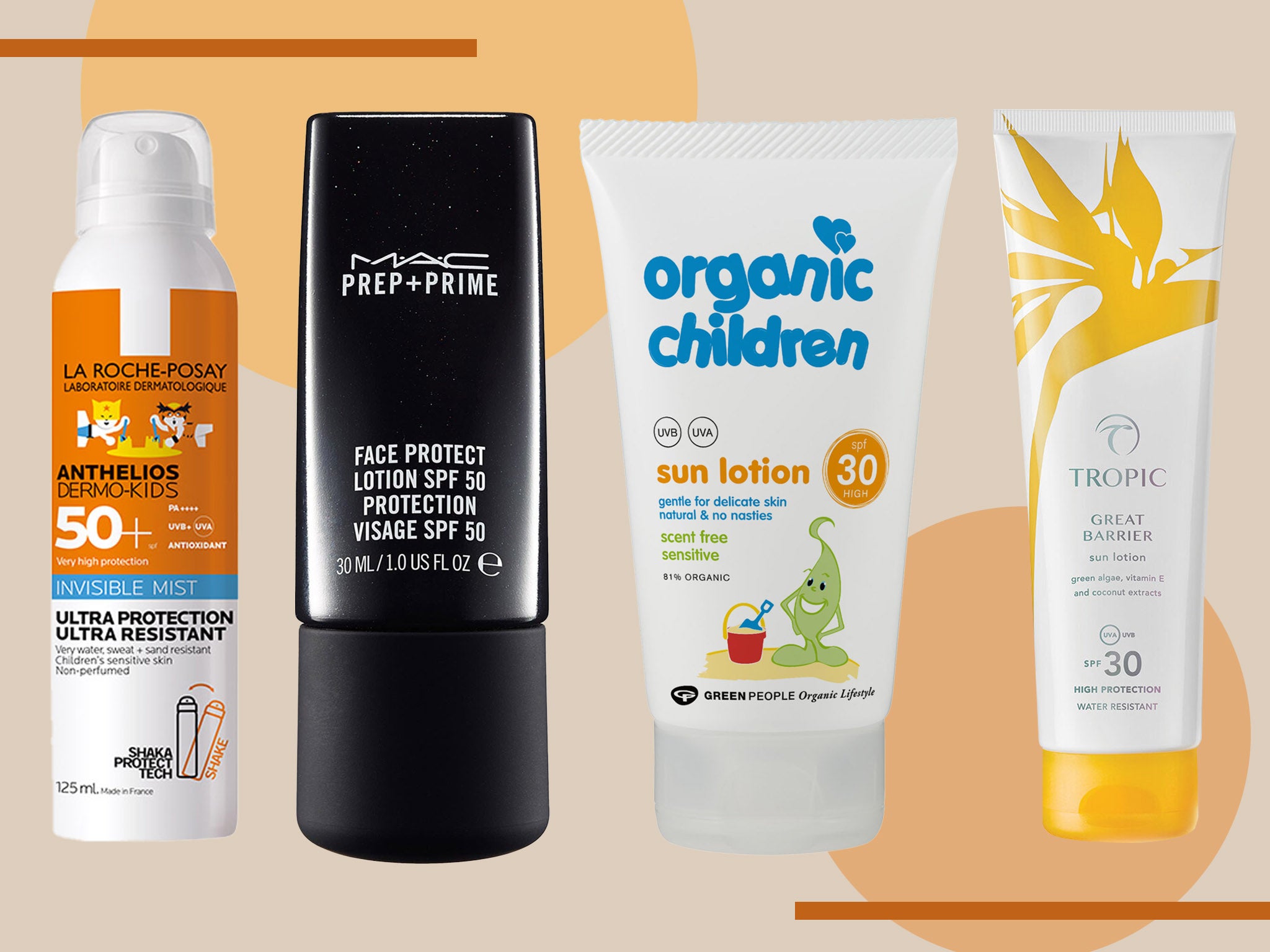
Protective Clothing and Accessories
Wearing protective clothing and accessories can provide an extra layer of defense against the sun’s harmful rays. Opt for lightweight, long-sleeved shirts, wide-brimmed hats, and sunglasses with UV protection. Additionally, consider seeking out clothing specifically designed with built-in UPF (Ultraviolet Protection Factor) for enhanced sun protection.
Seeking Shade During Peak Sun Hours
Seeking shade during the peak sun hours, usually between 10 am and 4 pm, can significantly reduce your exposure to the sun’s strongest UV rays. If possible, plan outdoor activities for earlier or later in the day when the sun’s intensity is lower. When outside, take advantage of natural shade from trees, umbrellas, or covered structures.
The Importance of Regular Skin Checks
Regular skin checks are essential for detecting any changes or abnormalities in your skin. Schedule regular appointments with a dermatologist for professional skin examinations, especially if you spend a significant amount of time in the sun. Perform self-examinations at home and keep an eye out for any new moles, growths, or changes in existing moles. Early detection is crucial in the successful treatment of skin cancer.
Common Myths About Sunscreen
There are several myths and misconceptions surrounding sunscreen. Let’s debunk some of the most common ones:
Myth: Sunscreen Prevents Vitamin D Production
Contrary to popular belief, wearing sunscreen does not completely block the body’s ability to produce vitamin D. While sunscreen may reduce the amount of vitamin D synthesized by the skin, it is essential to balance sun protection with adequate vitamin D intake through diet and supplements. Sunscreen should not be seen as a hindrance to vitamin D production but rather as a crucial tool in preventing skin damage and reducing the risk of skin cancer.
Myth: Wearing Sunscreen Means You Can Stay in the Sun for Longer
Applying sunscreen does not provide a license to spend unlimited time in the sun without consequence. Sunscreen should be used in combination with other sun protection measures, such as seeking shade, wearing protective clothing, and avoiding peak sun hours. No sunscreen can provide 100% protection, and it is always advisable to limit sun exposure to prevent skin damage.
Myth: Darker Skin Tones Don’t Need Sunscreen
While individuals with darker skin tones may have a natural built-in SPF due to higher melanin levels, they are still susceptible to sun damage and skin cancer. Dark skin can still suffer from UVA and UVB rays’ harmful effects, including premature aging and an increased risk of skin cancer. Therefore, it is crucial for people of all skin tones to use sunscreen regularly and practice sun-safe behaviors.
Proper Storage and Shelf Life of Sunscreen
To ensure that your sunscreen provides adequate sun protection, it is important to store it correctly and be mindful of its shelf life.
How to Store Sunscreen Correctly
Sunscreen should be stored in a cool, dry place away from direct sunlight. Exposure to extreme temperatures, such as leaving it in a hot car or exposing it to freezing temperatures, can affect the sunscreen’s efficacy. Avoid keeping sunscreen in the bathroom since the humidity can degrade the product more quickly.
Determining the Shelf Life of Sunscreen
Most sunscreens have a shelf life of approximately two to three years. However, this can vary depending on the formulation and specific ingredients. Check the packaging for the expiration date or look for the Period After Opening (PAO) symbol, which indicates how long the product is usable after opening. If your sunscreen has expired, it is best to discard it and invest in a fresh bottle for optimal sun protection.
When to Replace Expired Sunscreen
Expired sunscreen should be replaced promptly to ensure the product’s effectiveness in protecting your skin. Using expired sunscreen can lead to inadequate sun protection and increase the risk of sunburn and skin damage. If your sunscreen has changed in consistency, has an unusual smell, or appears discolored, it is a clear sign that it should be discarded, regardless of the expiration date.
Sunscreen as Part of a Comprehensive Skincare Routine
Incorporating sunscreen into your daily skincare routine is vital for maintaining healthy and protected skin. While sunscreen offers its unique benefits, it is also essential to practice a comprehensive skincare regimen.
The Benefits of a Consistent Skincare Routine
A consistent skincare routine can help address various skin concerns and improve overall skin health. Cleansing, moisturizing, and treating the skin regularly can aid in maintaining proper hydration, reducing inflammation, promoting collagen production, and preventing skin damage. By establishing a skincare routine and incorporating sunscreen as a vital step, you can ensure long-term skin health and maintain a youthful appearance.
Incorporating Sunscreen into Your Daily Skincare Regimen
To maximize the benefits of sunscreen, follow these steps to incorporate it into your daily skincare routine:
- Cleanse your skin with a gentle cleanser suitable for your skin type.
- Apply any serums, treatments, or moisturizers specific to your skin concerns or needs.
- Allow your skincare products to fully absorb into the skin.
- Apply sunscreen generously and evenly to all exposed areas, including the face, neck, and other exposed body parts.
- Follow up with makeup application, if desired, ensuring that your sunscreen has fully absorbed into the skin.
- Throughout the day, reapply sunscreen every two hours or immediately after swimming, excessive sweating, or towel-drying.
By making sunscreen an integral part of your daily skincare routine and practicing sun-safe behaviors, you can protect your skin from the damaging effects of the sun, maintain a healthy complexion, and reduce the risk of sun-related skin complications. Remember, prevention is the key to achieving and maintaining healthy and vibrant skin throughout your life.



